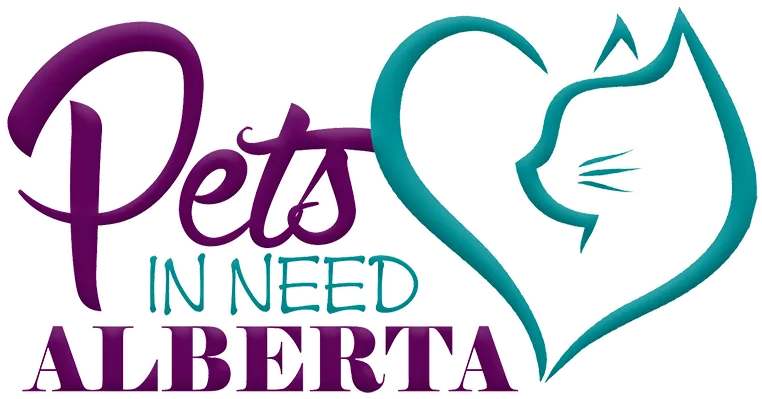Alberta’s Animal Protection Act is a vital legislation designed to support mistreated animals and hold irresponsible owners accountable. Revised in 2006, this act serves as the fundamental legal framework for animal protection in the province.
Essential Elements of the Act:
- A clear definition of animal distress
- A comprehensive list of responsibilities for animal caregivers
- Authority granted to Peace Officers
- Rules against the abandonment of animals
- Additional important provisions
- The accompanying regulations also set standards for animal care in research and higher education settings.
Definition of Distress
According to the Act, an animal is considered to be in distress if it: (a) lacks sufficient shelter, ventilation, space, food, water, or veterinary care, or if it lacks reasonable protection from excessive heat or cold, (b) is hurt, ill, in pain, or suffering, or (c) is mistreated or subjected to extreme deprivation or neglect.
The clauses concerning ventilation and space ensure that animals in confinement receive adequate air and space to engage in normal behaviors. The term “veterinary” specifies the required medical care to guarantee appropriate medical attention for animals as needed.
The mandate for reasonable protection from extreme temperatures is legally binding, requiring that animals be shielded from severe weather conditions. This protection varies by species and sometimes by breed, but all animals need some level of environmental protection. For example, dogs outdoors require protection tailored to their breed’s resilience, while livestock like pigs might need enclosed shelters, and windbreaks can suffice for cattle and horses.
Animal Care Obligations
The Act specifies that anyone owning or caring for an animal must: (a) provide sufficient food and water, (b) ensure proper care when the animal is injured or sick, (c) protect the animal from harmful temperatures, and (d) supply adequate shelter, ventilation, and space.
Introduced in the 2006 amendments, this section expands on the definition of distress and clearly outlines the responsibilities of animal owners in understandable terms, shifting the focus from proving distress to ensuring compliance with these duties.
Powers of Peace Officers
Peace Officers are empowered to intervene and possibly remove an animal from a situation if they believe, based on reasonable and probable grounds, that the owner or caretaker will not adequately care for the animal.
For instance, if a dog is left outside without adequate shelter and extreme weather is imminent, officers can preemptively take the dog to a shelter to prevent distress caused by severe cold.
Prohibition Against Abandoning Animals
Officers are authorized to take custody of abandoned animals, regardless of whether they are currently in distress. Abandonment is defined as leaving an animal without adequate food, water, or shelter for over 24 hours, or leaving animals behind when moving from a rental property.
Additional Aspects of the Animal Protection Act
The Act protects individuals reporting suspected animal distress from prosecution, unless the report is made maliciously or without reasonable grounds.
Regulations linked to this Act integrate elements from other provincial laws related to animal welfare, including the Livestock Transportation Regulations, Livestock Market and Assembly Regulations, and the Motor Vehicle Act. Standards set by the Canadian Council on Animal Care (CCAC), which supervises the treatment of animals in research and academic institutions, are also incorporated.
The full text of the current Act and Regulations can be accessed through the Alberta King’s Printer at the following link:
VIEW/PRINT: Alberta Animal Protection Act


